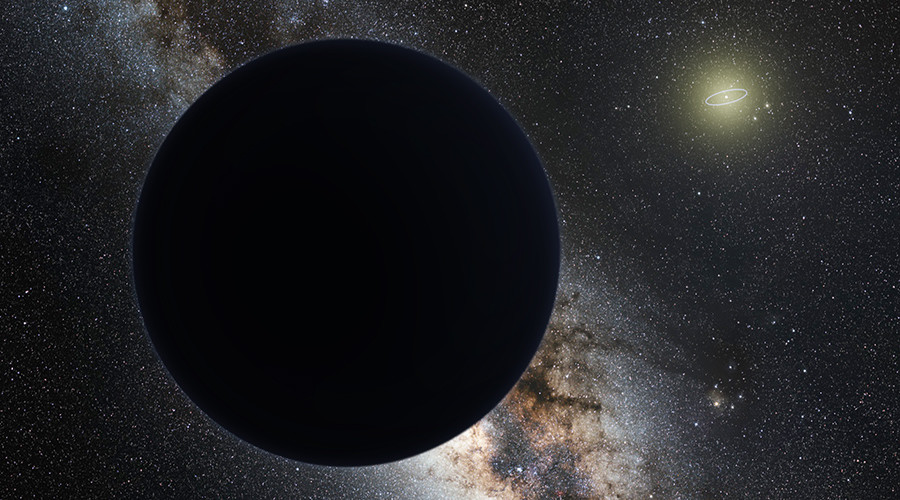-
Tips for becoming a good boxer - November 6, 2020
-
7 expert tips for making your hens night a memorable one - November 6, 2020
-
5 reasons to host your Christmas party on a cruise boat - November 6, 2020
-
What to do when you’re charged with a crime - November 6, 2020
-
Should you get one or multiple dogs? Here’s all you need to know - November 3, 2020
-
A Guide: How to Build Your Very Own Magic Mirror - February 14, 2019
-
Our Top Inspirational Baseball Stars - November 24, 2018
-
Five Tech Tools That Will Help You Turn Your Blog into a Business - November 24, 2018
-
How to Indulge on Vacation without Expanding Your Waist - November 9, 2018
-
5 Strategies for Businesses to Appeal to Today’s Increasingly Mobile-Crazed Customers - November 9, 2018
New Solar System objects revealed
Our obsessive search for a ninth planet in our solar system – one that can fill the void left by Pluto’s demotion back in 2005 – is finally paying off.
Advertisement
The objects they’ve found have been submitted to the International Astronomical Union’s (IAU) Minor Planet Center to receive official designations.
When the Sun starts to die, predicted to begin in around seven billion years, it will blow away half of its own mass and inflate itself – swallowing the Earth – before fading into an ember known as a white dwarf.
By modelling what will happen when the Sun begins to die, Dr Dimitri Veras from the University of Warwick has plotted not only how the star’s demise will affect the individual planets we now know about, he has also mapped out what would happen if the mysterious Planet Nine exists. If more small objects influenced by Planet 9’s gravity can be found, they might point the way to the solar system’s 9th planet.
Calculations show the mystery planet would be at least several times bigger than Earth, and possibly as big as Neptune, which is about 17 times more massive than Earth.
Dr. Sheppard and his colleagues, Dr. David Tholen of the University of Hawaii and Dr. Chadwick Trujillo of Northern Arizona University, are conducting the largest, deepest survey for objects beyond Neptune and the Kuiper Belt and have covered almost 10% of the sky to date using the Dark Energy Camera on the NOAO 4-m Blanco telescope in Chile and the Japanese Hyper Suprime Camera on the 8-m Subaru telescope in Hawaii.
In the race to discover the recently proposed Planet Nine, a team of astronomers has discovered ten previously unknown objects beyond the orbit of the giant planet Neptune.
“Objects found far beyond Neptune hold the key to unlocking our Solar System’s origins and evolution”, Sheppard explained in a statement released Monday. “Greater numbers of extreme trans-Neptunian objects must be found to fully determine the structure of our outer solar system”.
The study is set to be published by The Astronomical Journal. Given that only a handful of such trans-Neptunian objects have ever been detected, our understanding of what’s really happening at the edges of the solar system is, at best, rudimentary. According to the scientists, the objects could help pinpoint the ninth planet because its gravity will influence the movements of the smaller objects that are located far beyond Neptune.
In the meantime, the researchers plan to continue analysing the movements of these new objects to see if they give any more indications for where a hypothetical planet – or whatever else could be exerting such a strong gravitational force – could be lurking. It is the first object observed at such a large distance.
Advertisement
S. Sheppard & C. Trujillo. Observations were partly obtained at Cerro Tololo Inter-American Observatory, National Optical Astronomy Observatory, which are operated by the Association of Universities for Research in Astronomy, under contract with the National Science Foundation. Carnegie scientists are leaders in plant biology, developmental biology, astronomy, materials science, global ecology, and Earth and planetary science.




























